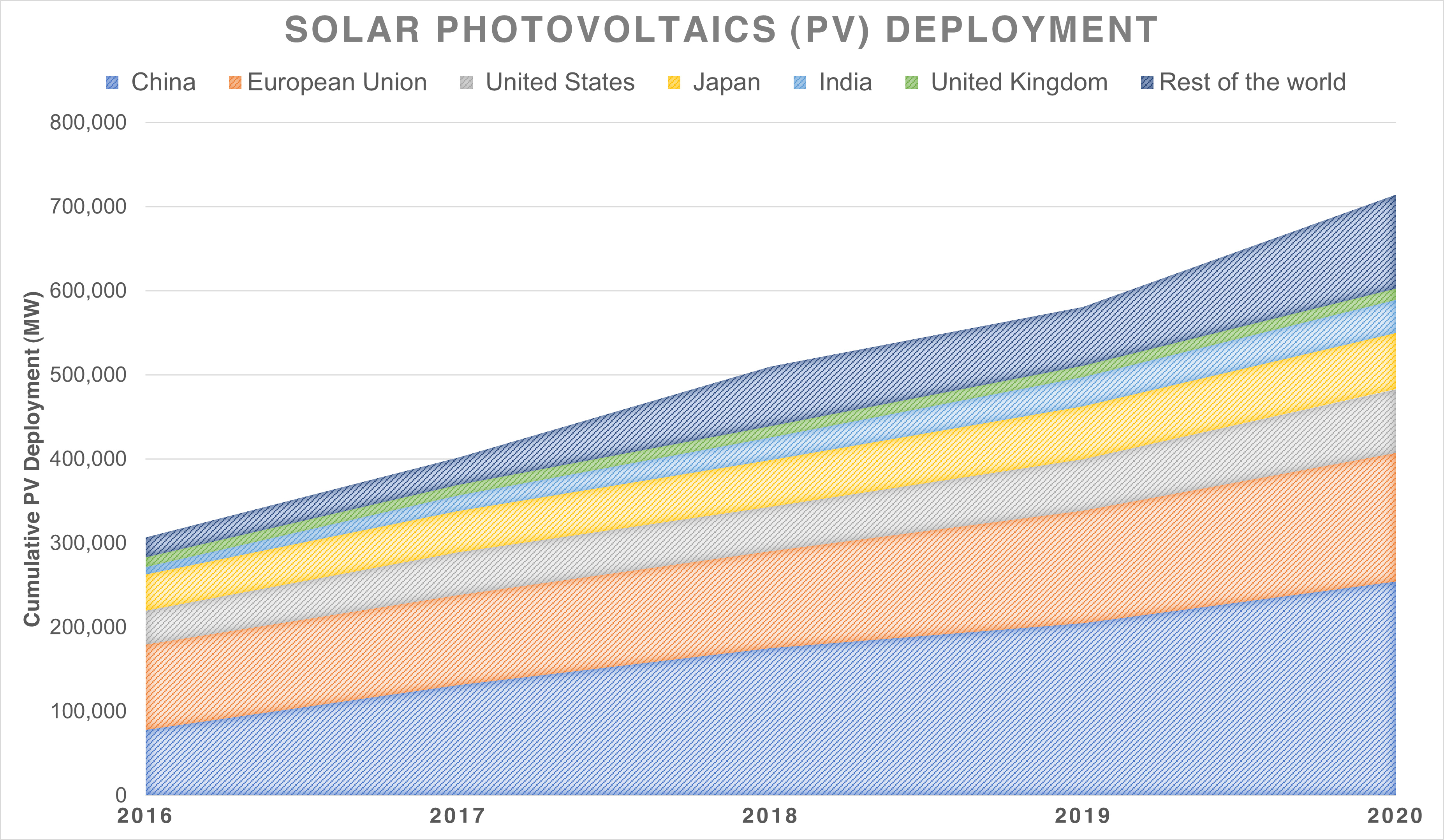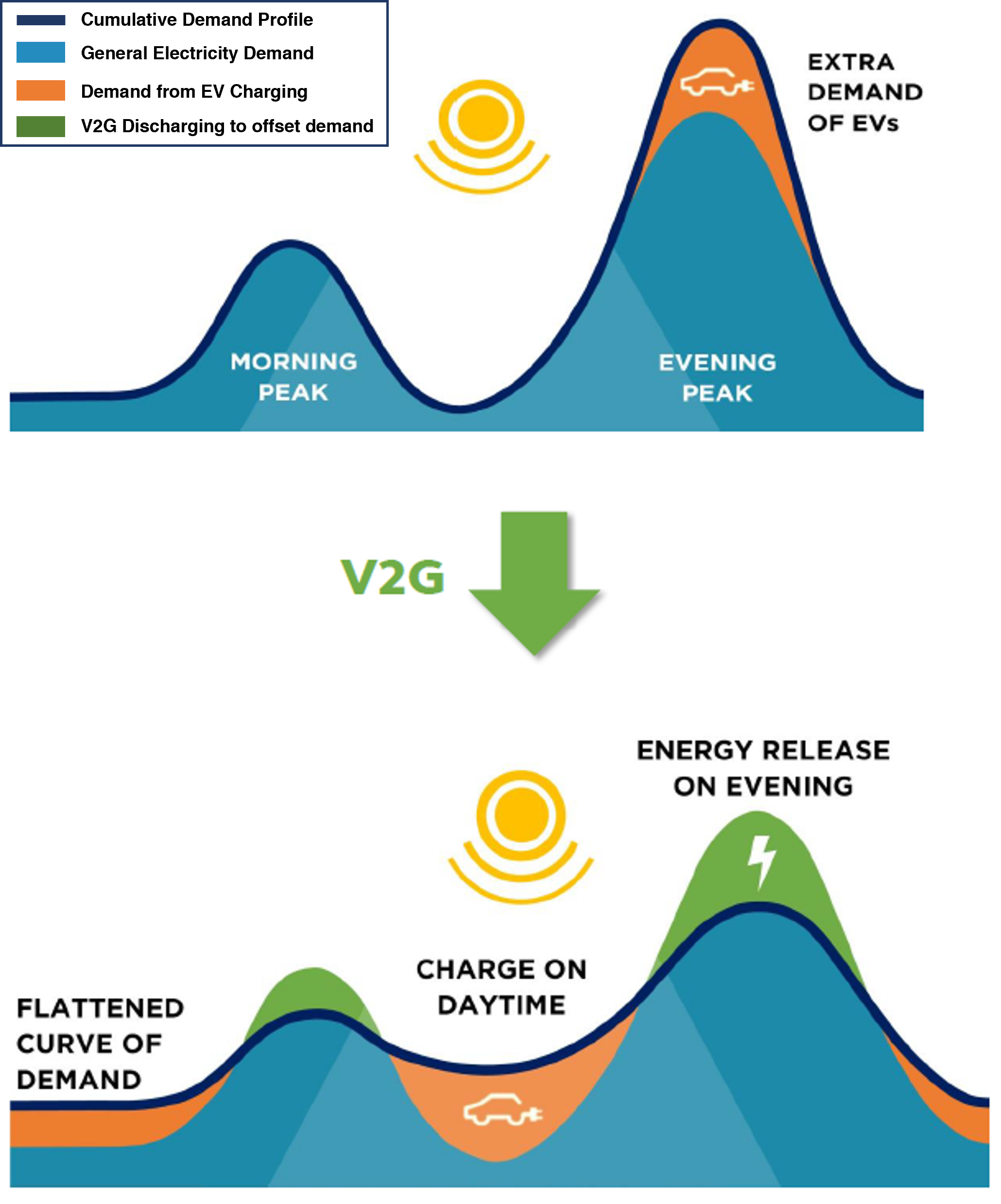Home / Nature & Environment / Sustainability / Vehicle-to-Grid Charging for Electric Cars / Why V2G Matters Now

Reach your personal and professional goals
Unlock access to hundreds of expert online courses and degrees from top universities and educators to gain accredited qualifications and professional CV-building certificates.
Join over 18 million learners to launch, switch or build upon your career, all at your own pace, across a wide range of topic areas.


 Cumulative Solar Photovoltaics Deployment across the world
Cumulative Solar Photovoltaics Deployment across the world Demand Flattening with V2G
Demand Flattening with V2G






